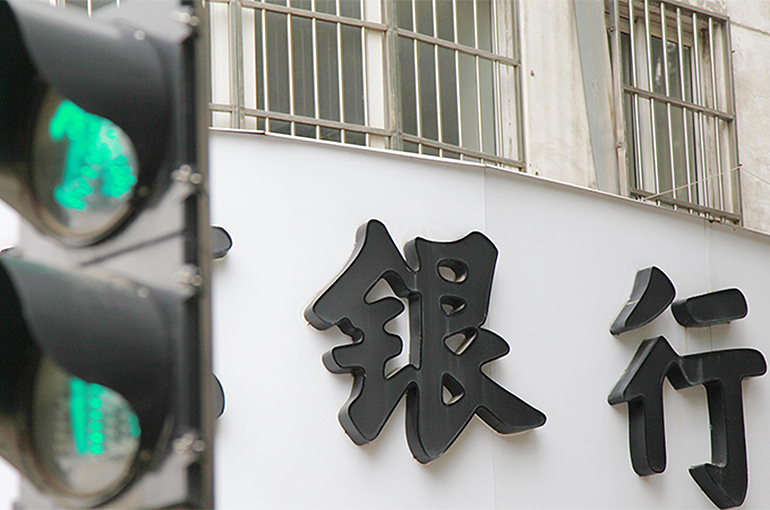 China’s Bigger Regional Banks Absorb More Smaller Peers to Lessen Risks
China’s Bigger Regional Banks Absorb More Smaller Peers to Lessen Risks(Yicai) Dec. 27 -- The instances of China’s larger regional banks taking over their smaller peers has gathered pace in recent months, as lenders seek to mitigate operational risks. Banking industry insiders expect no let up.
This month alone, the National Administration of Financial Regulation has approved five bank mergers and acquisitions, canceling the business registrations of 16 lenders as a result.
In comparison, there were only 22 M&As and restructurings involving small and mid-sized banks between January 2020 and this May, and just seven before 2020, according to data from China International Capital Corporation.
The M&As approved in December were of two types, an industry source told Yicai. In the first type, a new bank was set up to absorb and consolidate the parties' assets, with the creditors' rights and liability all undertaken by the newly established bank before the merger, the person noted, adding that only one case fell into this type.
In the second type, which involved the other four cases, a larger bank directly absorbed a smaller one through a cash deal or by buying a controlling stake, with the assimilated lender becoming a unit of the buyer, the insider said.
The faster pace of M&As is aimed at solving the financial risks these smaller regional lenders have built up over recent years, Luo Zhiheng, chief economist at Yuekai Securities and director at the broker's research institute, told Yicai. A key focus during the merger process should be on the better handling of non-performing assets, Luo added.
M&As and restructurings are also helpful in concentrating the high-quality assets of many regional banks, bridging the absorbed lenders' comparative shortcomings in technology and talent, and re-adjusting equity and governance structures, Luo added. They also help in developing a distinctive development strategy for the new bank after the merger, he pointed out.
The high number of smaller lenders and the relatively higher risk involved with them is one of the distinctive characteristics of China’s banking industry. In fact, 90 percent of all domestic banks were small and medium-sized lenders as of June 30, while their assets accounted for less than 30 percent of the total, data from the People's Bank of China showed.
In the second quarter of this year, 337 banks were deemed high risk by regulators, with 323, or 96 percent, small or micro lenders such as rural commercial banks, rural cooperatives, rural credit cooperatives, or village and township lenders.
Editors: Tang Shihua, Martin Kadiev